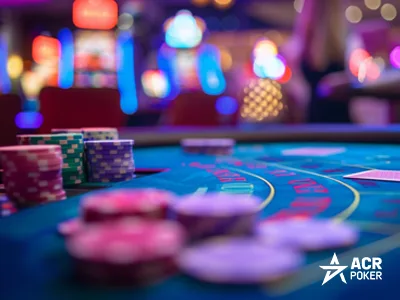Understanding probabilities won’t eliminate variance, but will guide you toward higher-value decisions
Blackjack is one of the few casino games where players can meaningfully influence their long-term results, and the key to doing that lies in understanding the underlying probabilities. Every decision at the table comes down to the math behind the cards. When you grasp these odds, your strategy becomes sharper, more disciplined, and more profitable.
At its core, blackjack is a game of conditional probability. The likelihood of improving your hand depends not only on what you hold but also on the dealer’s upcard and the remaining composition of the shoe.
For example, when you have a hard 16 against a dealer 10, basic strategy tells you to hit. That’s not because hitting guarantees safety—it’s because the math shows standing is even worse. The expected loss from hitting is lower than the expected loss from standing, making it the mathematically correct play.
Probabilities also come into play when assessing the dealer’s risk. A dealer showing a 4, 5, or 6 is statistically more likely to bust, giving players a favorable edge. In these situations, you should avoid taking unnecessary chances. Standing on marginal hands like 12 or 13 becomes optimal because the dealer’s bust probability outweighs your slim chance of improving.
Blackjack odds also shape more advanced decisions. Splitting pairs, for instance, is profitable when the expected value of two separate hands exceeds the value of one combined hand, such as splitting eights against almost any dealer card.
Doubling down is another strategic tool rooted in probability, allowing you to capitalize when you hold a strong drawing hand while the dealer is vulnerable.

